|
Beyond Regent’s Park and the railway termini
of Euston, King’s Cross and St Pancras, North London drifts up into
areas that were once distant villages where the rich built their country
mansions to escape the city. Many of these houses remain and several
are open for the public to wander around and imagine a bygone age. Parts
of their extensive grounds now make up the wild and lofty expanse of
Hampstead Heath. Some of the “villages”, such as Hampstead and Highgate,
are still distinct from the urban sprawl that surrounds them. Home to
the wealthy, cultured and famous, their attractive streets are full of
well-preserved architecture as well as dozens of inviting pubs and
restaurants. Other parts of North London have different flavours,
however – from bustling Camden, with its canal-side market, lively pubs
and clubs, to fashionable Islington, with its clothes and antique shops,
good restaurants, smart cafés and bars.
|
Hampstead’s heyday began in the early 18th
century, when a spring in Well Walk was recognized as having medicinal
properties. This brought Londoners flocking to take the waters in the
Pump Room within the Great Room in Well Walk, which also housed an
Assembly Room for dances and concerts. The spa gradually fell into
disrepute, but Hampstead retained its fashionable status.
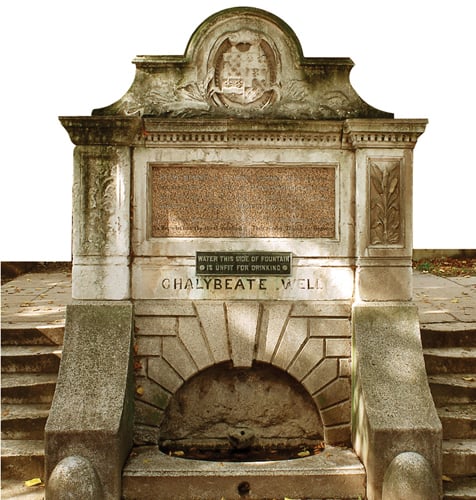
Site of the well on Well Walk, Hampstead
|
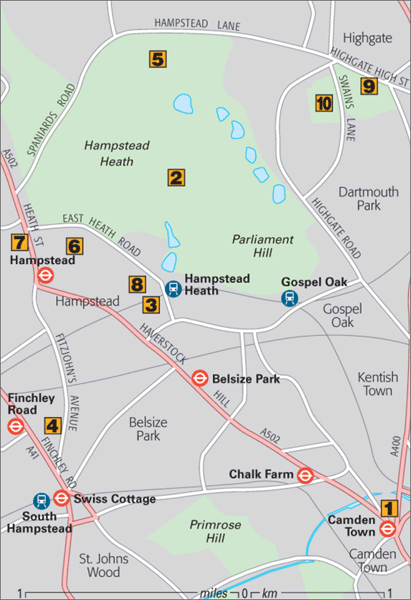
SightsCamden Markets The
most exciting North London markets are open every weekend, and linked
by the busy and colourful Camden High Street. Camden Market, near the
tube station, is packed with stalls selling clothes, shoes and
jewellery. Further up the road, by the canal, Camden Lock Market focuses
on crafts and ethnic goods. Stalls in the warehouses of Stables Market
have great food on sale. Open weekends only between 8am and 6pm .
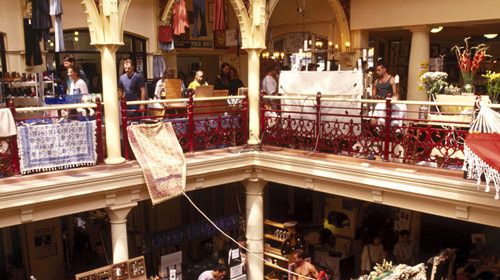
Camden Lock Market
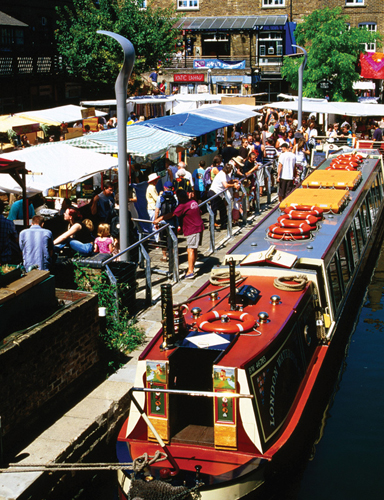
Regent’s Canal, Camden Lock
Hampstead Heath and Parliament Hill A
welcome retreat from the city, this large, open area is one of the best
places in London for walking. Covering 800 acres of countryside, it
contains ancient woodlands and ponds for swimming and fishing. The high
point of Parliament Hill has great city views and is a popular place for
kite-flying.
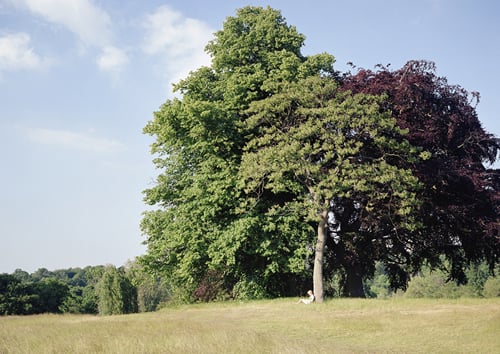
View over London from Hampstead Heath
Keats House Keats
Grove, off Downshire Hill, is one of the loveliest areas of Hampstead.
The house where the poet John Keats wrote much of his work is a pretty
white villa, containing facsimiles of his fragile manuscripts and
letters, as well as some personal possessions. Poetry readings and talks
take place regularly .
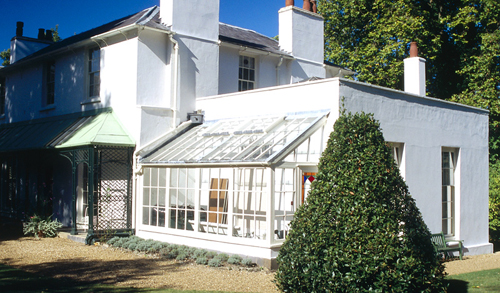
Freud Museum Sigmund
Freud, the founder of psychoanalysis, and his daughter Anna, came to
live here when he fled Nazi-occupied Vienna. The house contains Freud’s
collection of antiques and his library, including first editions of his
own works. Also on display is the famous couch on which his patients
related their dreams. Kenwood House This
magnificent mansion, filled with Old Masters, is set in an idyllic
lakeside estate on the edge of Hampstead Heath. Vermeer’s The Guitar Player
and a self-portrait by Rembrandt are among the star attractions.
Concerts are held by the lake in summer – audiences sit in the grassy
bowl, with picnics to sustain them (see Kenwood House).
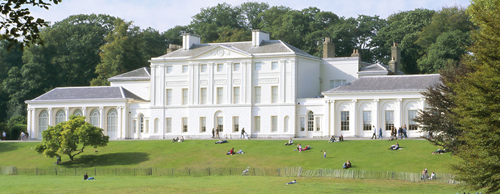
Burgh House Built
in 1703, Burgh House houses Hampstead Museum, which has a good
selection of local books and a map of the famous people who have lived
in the area. The panelled music room is used for art exhibitions,
concerts and meetings, and there is a pleasant café with garden tables.
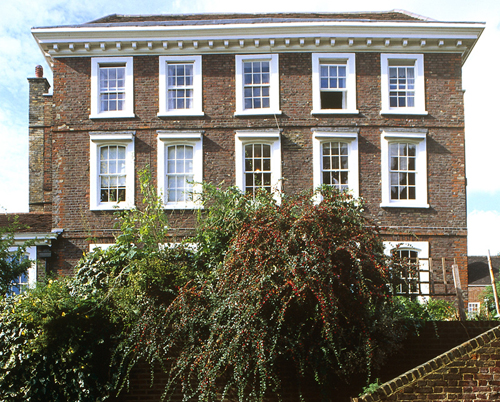
Burgh House
Fenton House This
splendid 1686 mansion is the oldest in Hampstead. Its exceptionally
fine collection of Oriental and European porcelain, furniture and
needlework was bequeathed to the National Trust with the house in 1952. A
formal walled garden contains an orchard.
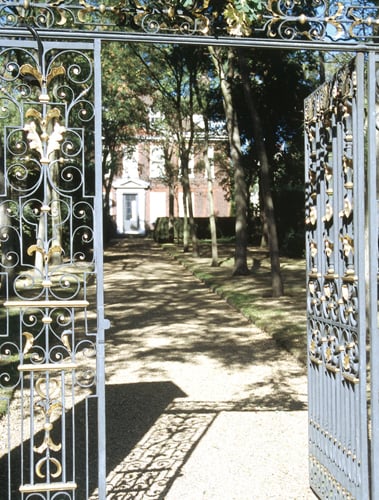
Fenton House
2 Willow Road Designed
in 1939 by the architect Ernö Goldfinger for himself and his wife, the
artist Ursula Blackwell, this is one of the most important examples of
modern architecture in the UK. A film helps put the life and times of
the couple in context. Goldfinger designed all the furniture and
collected some fine works by Henry Moore, Max Ernst and Marcel Duchamp. Lauderdale House Dating
from the late 16th century, Lauderdale House was once associated with
Charles II and his mistress Nell Gwynne. It now houses a popular arts
and cultural centre, with regular concerts, exhibitions and Sunday craft
and antique fairs. Highgate Cemetery On
the opposite side of the Heath to Hampstead, Highgate grew up as a
healthy, countrified place for nobility who built large mansions here.
Many of the famous people who lived in the area are buried in Highgate
Cemetery. Soon after it had been consecrated in 1839, its Victorian
architecture and fine views made it a popular outing for Londoners. Karl
Marx and the novelist George Eliot are buried in the less glamorous
East Cemetery
Swain’s Lane N6 Tube Archway 020 8340 1834
East Cemeteryopen Apr–Oct: 10am–5pm Mon–Fri, 11am–4pm Sat–Sun; Nov–Mar: 10am–4pm daily. Closed for funerals (phone to check). Admission charge
West Cemeterytours only Admission charge
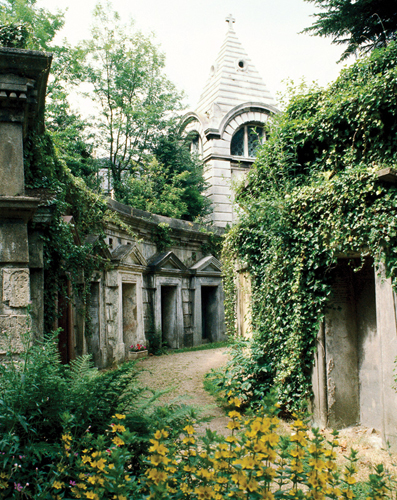
Highgate Cemetery
|